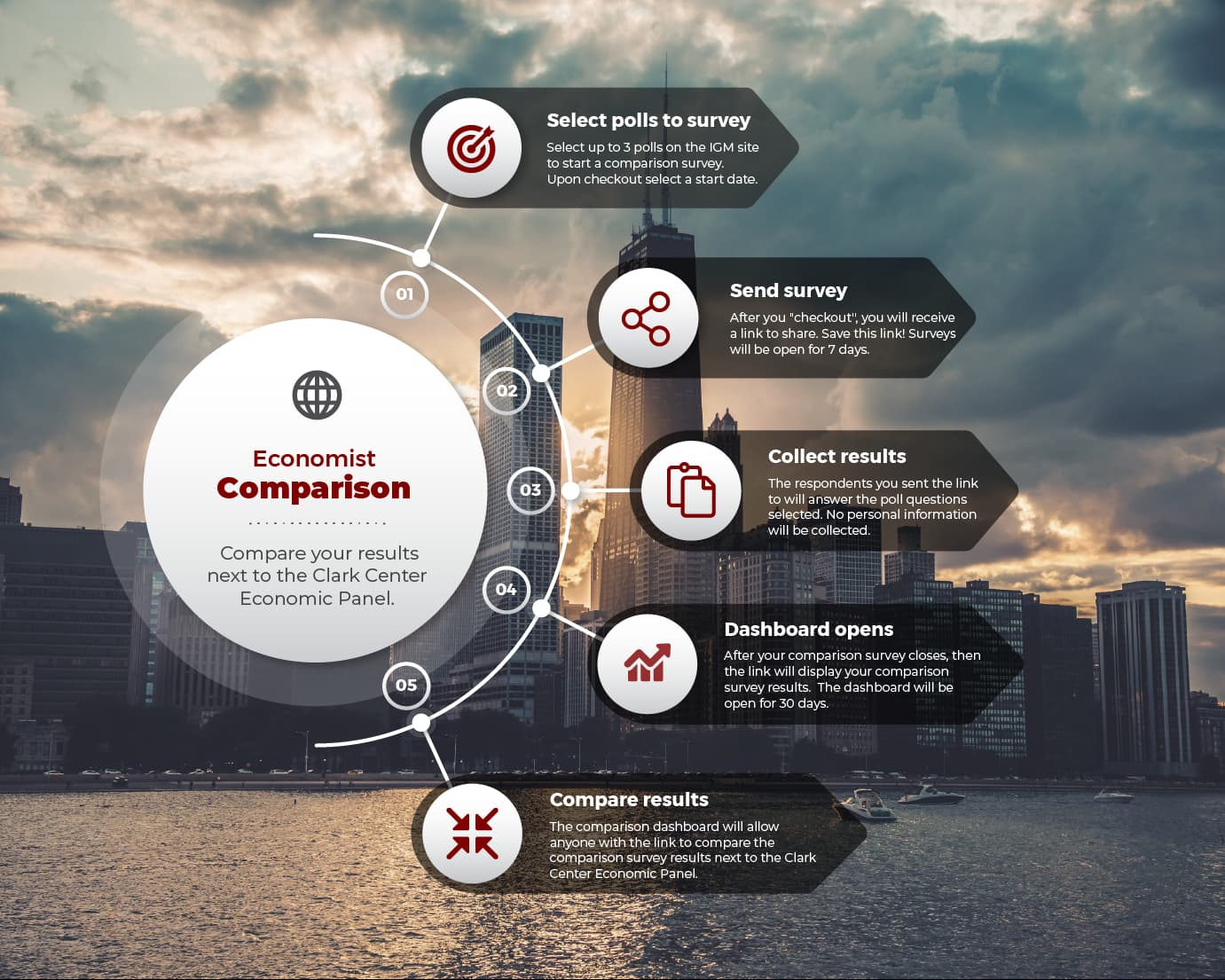For more than two years inflation has dominated the macroeconomic policy discussion on both sides of the Atlantic.
Few would have expected this as late as 2019. At that point, a decade after the financial and banking crisis of 2007-2009, most discussion of inflation in policy and academic circles – and especially in the Eurozone – fretted about price pressures being too low rather than too high. If central banks were struggling to hit their inflation targets the misses were usually to the downside rather than the up. Quantitative easing programmes rumbled on well after the immediate crisis and in the Eurozone policy rates fell below zero. There was an active debate on the question of secular stagnation whilst the Federal Reserve’s public review of its monetary strategy at the end of the decade culminated in the adoption of flexible average inflation targeting.
Nowadays that all feels a long time ago. The 2020s opened with a much traditional policy concern on inflation: price rises that were uncomfortably fast.
The pick-up in inflationary pressure, beginning in late 2020 in the United States and early 2021 in Europe, kick-started an often-polarized debate amongst economists and policymakers on its nature. The energy price shock that accompanied Russia’s invasion of Ukraine in February 2022 added to both inflationary pressures and the intensity of the policy debate.
The big question in late 2021 and throughout 2022 was whether the spike in prices was, to use the buzzword of the time, “transitory” or represented more fundamental factors. That was the crucial issue for monetary policymakers attempting to grasp whether the period of fast rising prices was something they could look through and wait out, or whether it required a policy response to bring down.
Team Transitory, as it inevitably became known on social media, pointed to the disruption wrought by the pandemic and its associated lockdowns. Modern economies, as the world learned in 2020 and 2021, are complex mechanisms and certainly not things that are easy to switch on and off at will. In general demand recovered faster than supply as vaccines were rolled out and pandemic restrictions eased. Supply chains, especially ones crossing borders, came under unprecedented pressure with bottlenecks snarling up value chains. Disruption to the flow of goods came alongside an unusual shift in consumer spending away from services – which were often unavailable down to public health measures – and towards goods. The typical American or European in 2020 and early 2021 spent a great deal less than usual on meals and restaurants or going to get their hair trimmed and far more than ever on packages from Amazon.
The core of the argument for inflation being transitory rested on these sorts of supply chain issues, together with consumers’ unusual preference for goods over services, eventually unwinding by themselves. The energy price spike, that picked up steam in 2022, was something central banks could do little to counteract.
The argument that inflation would prove more lasting – which decisively won the policy debate – focused instead on core inflation, on services price inflation and on developments in labor markets. Central banks might be able to do little to right global supply chains or directly affect global energy and food markets but tight domestic jobs markets fuelling faster wage growth and domestic price pressures was exactly the sort of thing independent central banks were supposed to lean against. Many further argued that monetary and fiscal policy support, put in place during the pandemic, has either been allowed to run on too long or had been excessive even at the time.
Viewed from early 2024, the global monetary tightening that began in 2021 appears to have mostly succeeded. Inflation, on both sides of the Atlantic, has fallen materially. Whilst, again especially in Europe, lower energy prices have played a large part in bringing down headline inflation core inflation too has now seems to be (mostly) heading in the right direction.
Forecasts for inflation in the United States, the Eurozone and the United Kingdom continue to be revised down as do market expectations of future price changes. The monetary policy debate has shifted from the nature of inflation to the timing of rate cuts. That is an important debate – and one the Clark Center’s Experts Panels will have much to say on in the months ahead – but as the 2020s moves on, it would be no surprise to see some of the debates of the 2010s beginning to resurface.
Many of the structural factors that held inflation down in the decade after the financial crisis – demographics with aging populations across the West, higher debt levels and possibly patterns of income distribution – remain in place.
It was not that long ago, before the pandemic knocked the traditional business cycle out of whack, that central bankers were keen to emphasize that, in the absence of much price pressure, rates were likely to remain lower, for longer. While rates are now at more historically normal levels, they are expected to fall in the year to come. It is noteworthy that the FOMC’s median estimate of the level of Fed Funds over the longer run has barely moved since late 2019. It still stands at the 2.5% level it was at before the pandemic, and well below the 4%+ of 2012. In other words, whilst the near term debate over the nature of inflation raged on, policymakers did not adjust their view of the longer term dynamics of inflation. It would be no great surprise if central bankers found themselves once more troubled by inflation that was too low rather than too high.

